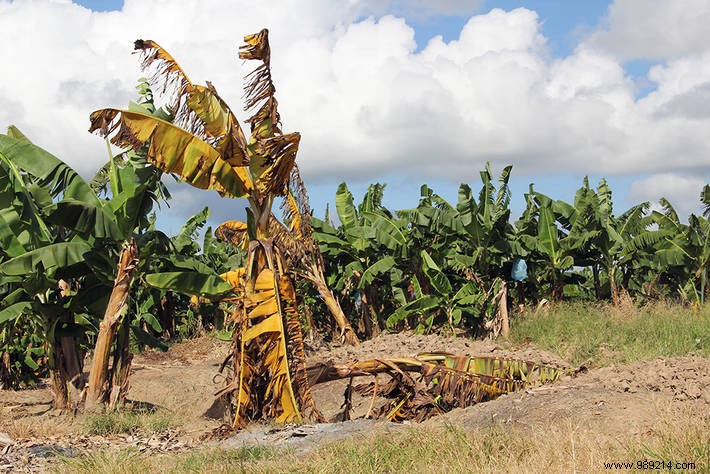As humanity gradually emerges from the grip of the SARS-CoV-2 coronavirus, it is certain that other deadly epidemics will emerge. Alerts are multiplying at the level of plant epidemics. Without directly affecting humans, they could thus generate famines.
The balance sheet of the Covid-19 pandemic amounts to more than 219 million cases for approximately 4.5 million deaths, including 115,000 in France. If currently, the world is gradually coming out of this situation health, the Intergovernmental Science-Policy Platform on Biodiversity and Ecosystem Services (IPBES) had published a concerning report in November 2020. The document claimed that the "era of pandemics" had only just begun. However, there would be no immediate reason to be suspicious of a coronavirus or other virus directly affecting humans worldwide.
In reality, the victims concerned are the plants, prey to insect pests and other devastating fungi. In an article of July 21, 2021, Fast Company recalled that 600 species of pests had already developed some form of resistance to existing pesticides. As a result, the United States suffers losses of up to ten billion dollars each year .
For example, the African psyllid, an insect that causes yellow dragon disease affecting citrus and causing greening. This disease is present in Asia, Africa, and now in tropical and subtropical America. For several years now, Florida orange trees have been paying the price and today it is the turn of Mediterranean plantations. Note also the existence of the fungus Fusarium at the origin of the Tropical Race 4 disease (TR4) which infects banana plants through the roots and causes fatal wilt (see below). This disease has ravaged banana plantations in South Asia and Africa in recent years. Today, Ecuador, one of the biggest banana producers, is massively affected.

The possibility of a world famine occurring for these kinds of reasons is not science fiction. In Africa alone, no less than 500 million people could be food insecure due to the action of migrating insects, plant diseases and other harmful agents. Moreover, the FAO stated that no less than 37% of wheat harvests are potentially threatened by stripe rust.
In the current context where climate change plays a major role, fears are all the greater. A 2018 study pointed out that today, the main crops (corn, rice, wheat) suffer losses ranging from 5 to 20% due to insect pests. However, the appetite of the latter increasing with global temperatures, each additional degree would cause additional losses that are estimated between 10 to 25%. In addition, there will surely be a question of an increase in insect populations in temperate cereal-producing regions on three continents.
Obviously, the solution is not to redouble our efforts in terms of pesticide application. It must be said that their use has already greatly increased in recent years. Science is indeed more interested in genetics to prevent future crop disasters. An example of this is corn borer resistant "bt corn", which is present on more than three-quarters of the corn acreage grown in the United States.